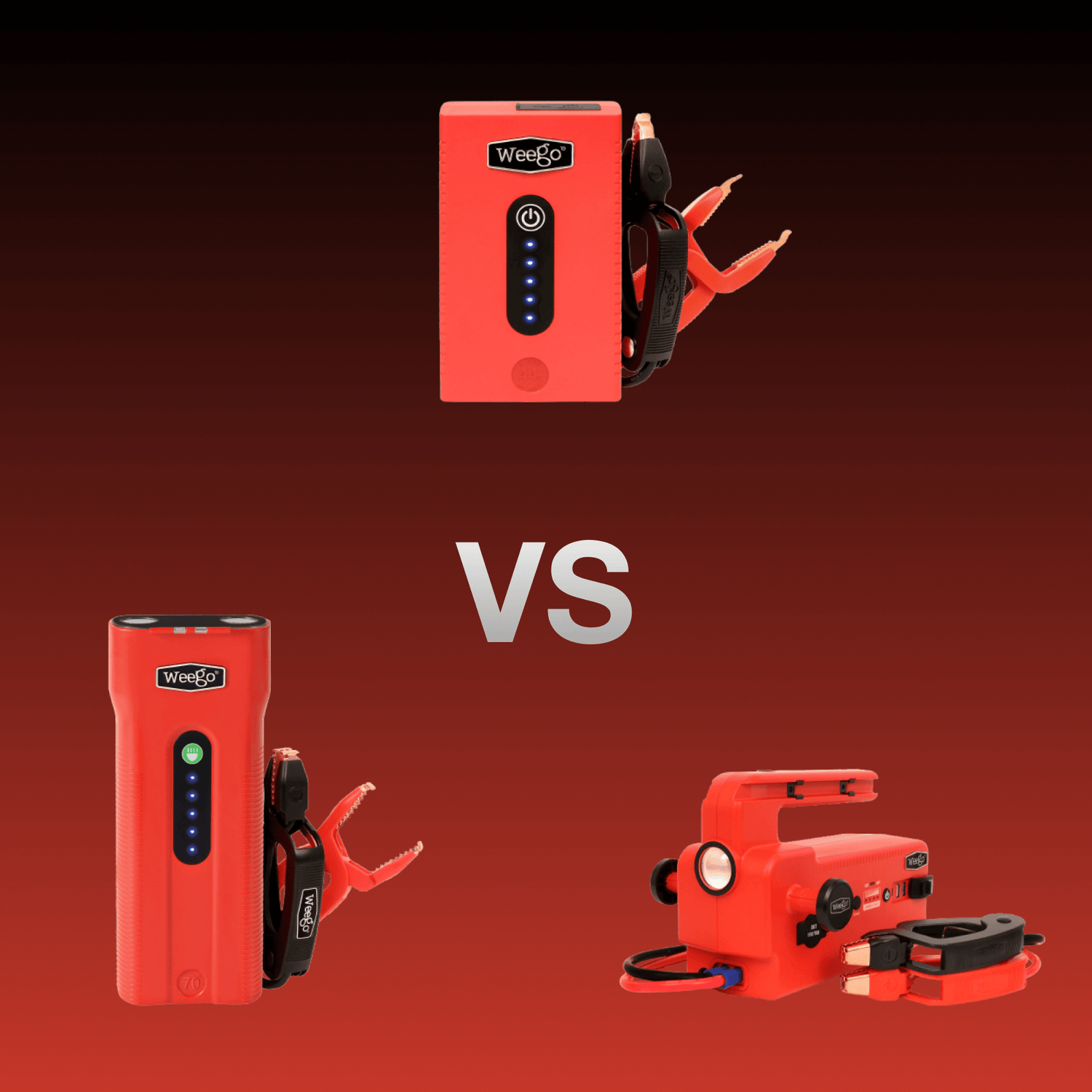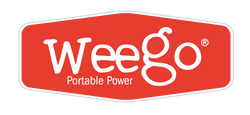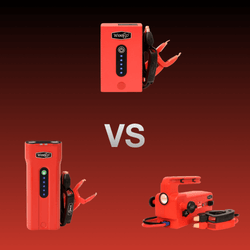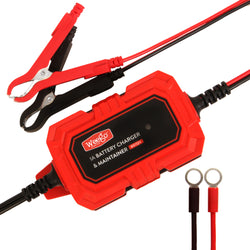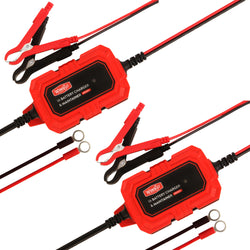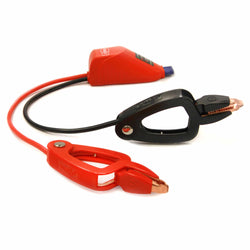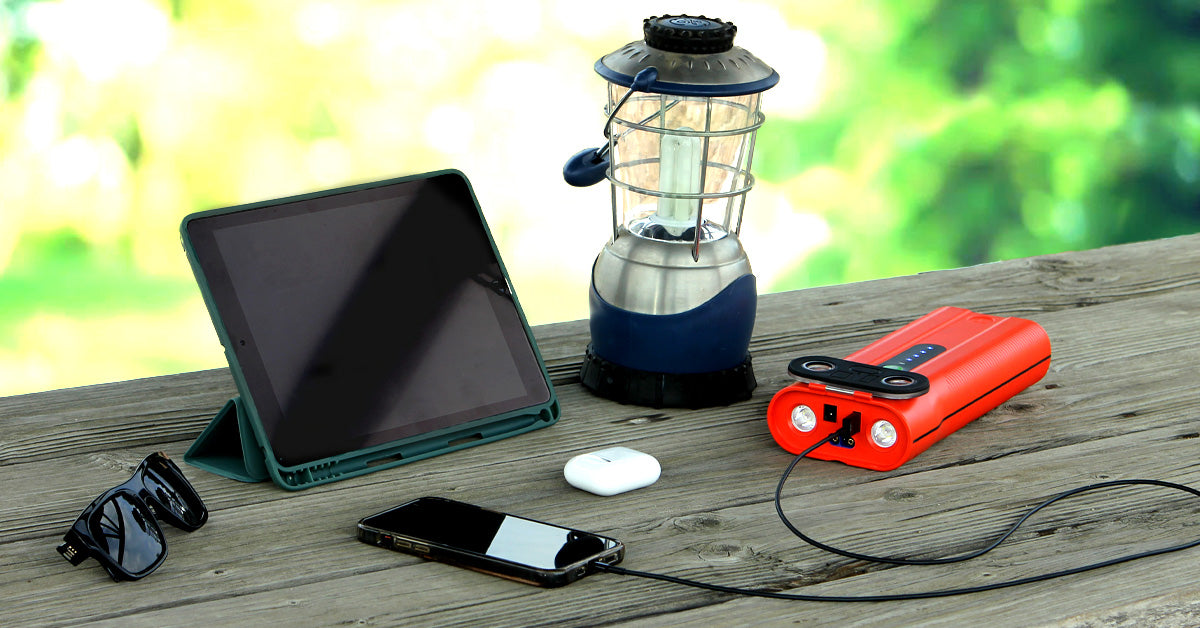The below post mentions volts, amps and watts – to learn the basics of what they are, please see our Power Basics series of blog posts.
We’ve all been there – you’re out and about and you realize your phone battery is on it’s last leg. These days, a dead phone means no access to communication, navigation, transportation (like uber), payment methods (like venmo and apple pay), QR code menus at restaurants, entertainment, and proving you were right through google. The more we use our phones, the faster they die. No one wants to be caught up the stream with no paddle, or stranded with no phone. So what’s the solution? The first step is understanding our phone batteries.
Charge Speed
If the phones are going to die quickly, at least they should charge quickly, right? But how does that work? Can all phones charge super fast? Nope. Charge speed is contingent upon two important factors: the output of the charger and the input of your device (phone, tablet, whatever). When it comes to charge speed, you’re only as fast as your weakest link – that is to say, you can only charge as fast as your charger or phone will allow.
Input and Output
Chargers and devices are rated for the power they can deliver and/or receive. The output of a charger is the maximum power it’s able to deliver to a device. The input of your device is the maximum power it will receive. So, take the slowest power between the two of them and, unfortunately, that’s your maximum charge speed. For example, the maximum output of an iPad charger is 18 or 20W (watts), depending on the model. The maximum output of an iPhone charger is 20W, but newer iPhone models have an input charge of up to 29W. Officially speaking, iPhone 13 and 14 models have a maximum 20W input, but tests have shown that the iPhone 14 can be charged at 25W and the 13 Pro Max and 14 Pro Max can charge at up to 29W. There is even talk that the iPhone 15 models may be able to charge with an input of up to 35W. So, what does this mean for you? If you have an iPhone, faster charging might just be possible.
Fast Charging your iPhone
If you have an iPhone 13 or 14, using a charger with at least a 30W output could charge your phone faster than using the official 20W charger that came with those phones. If you have an iPhone 15, you bcan fast charge by using a USB-C cable, like that one that came in the box. If you have an earlier model iPhone, you can use a USB-C charger to lightning cable and one of these adapters: Apple 18W,* 20W, 29W, 30W, 35W, 61W, 67W, 87W, or 96W, or 140W USB-C power adapter OR a comparable third-party USB-C power adapter that supports USB power delivery (USB-PD). If you’re not sure which Apple power adapter you have, check the wattage on the top or bottom of the adapter. To reiterate, your charge speed is only as fast as your weakest link – so when buying a charger, make sure to match it to your phone’s input so that you’re always getting the maximum charge speed.
Charging on the Go
When you’re on the go, finding a wall outlet to plug your phone in is inconvenient and not always possible. Having a device that allows you to charge on the go can be a total lifesaver. Weego portable jump starters offer that solution in addition to keeping you prepared in case of emergency. Weegos can be used to keep all of your devices charges, as well as a jump starter for a dead battery. Check out the N44S model to save you in a pinch.
